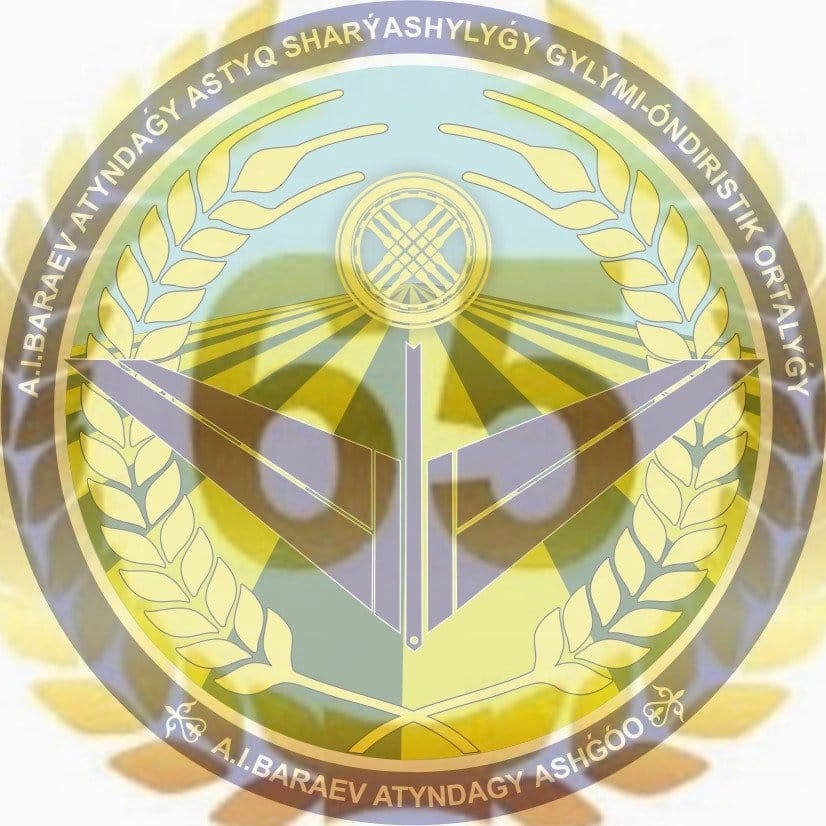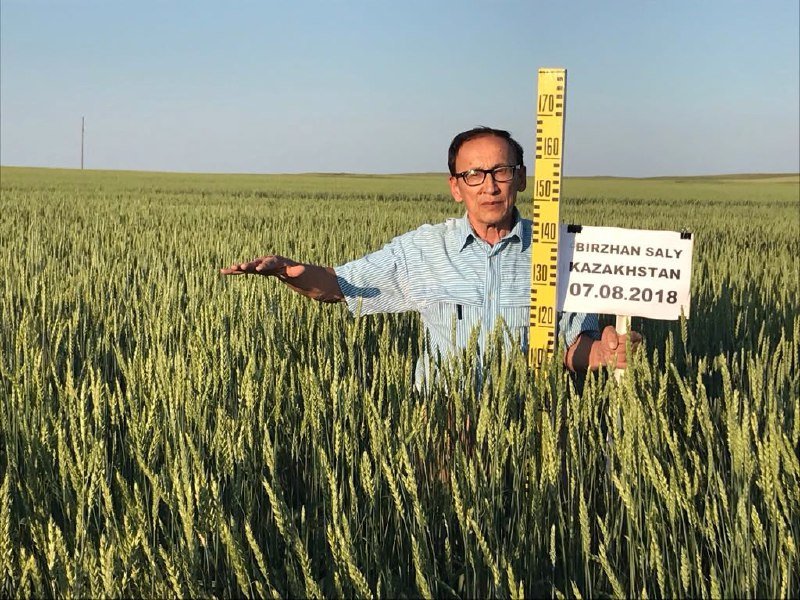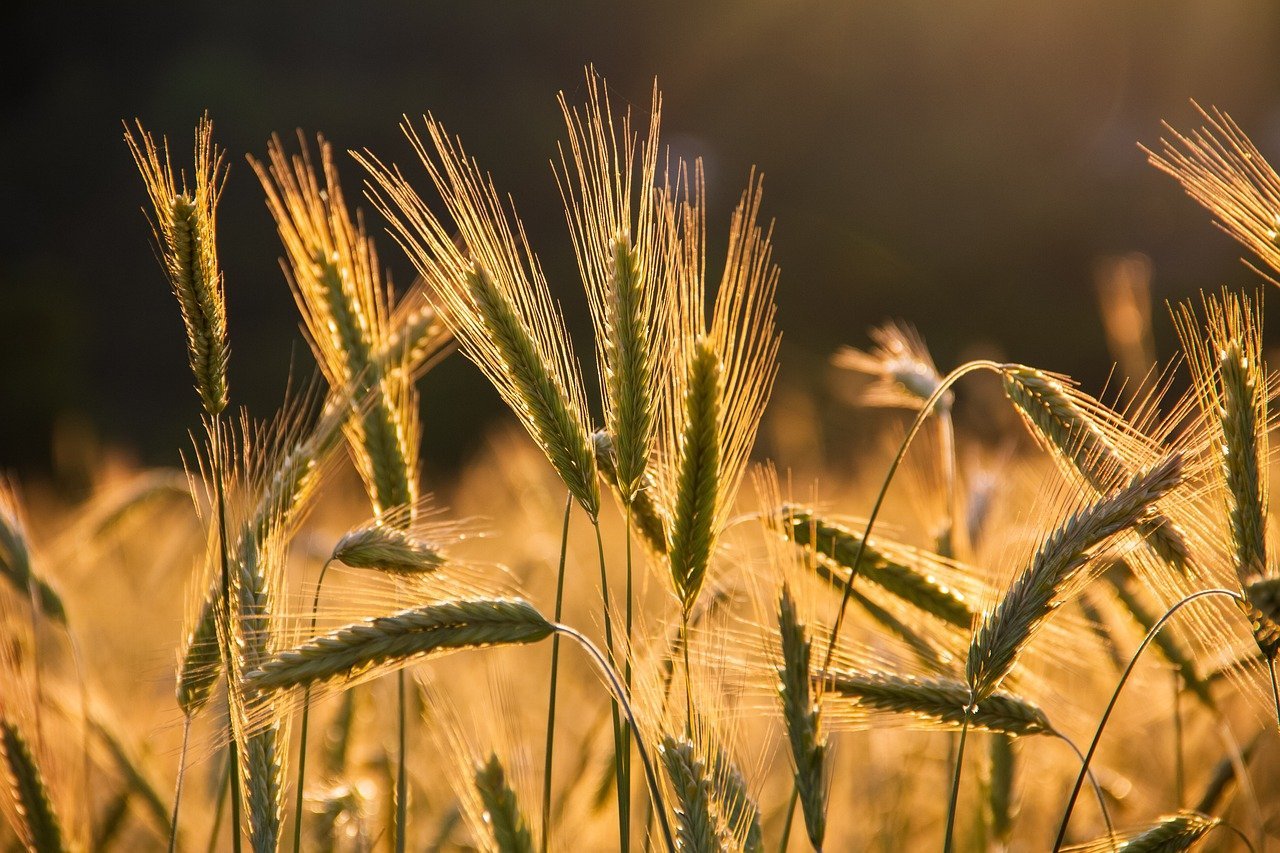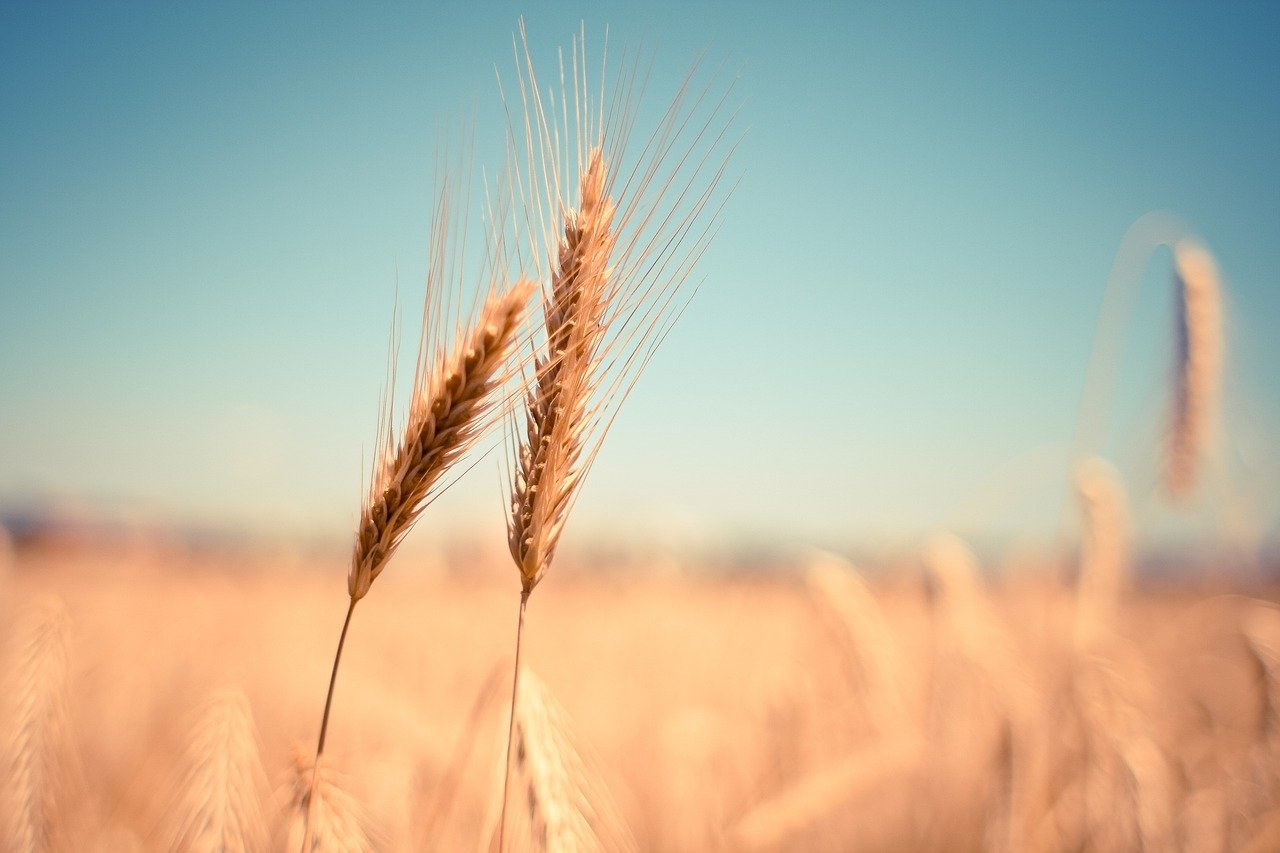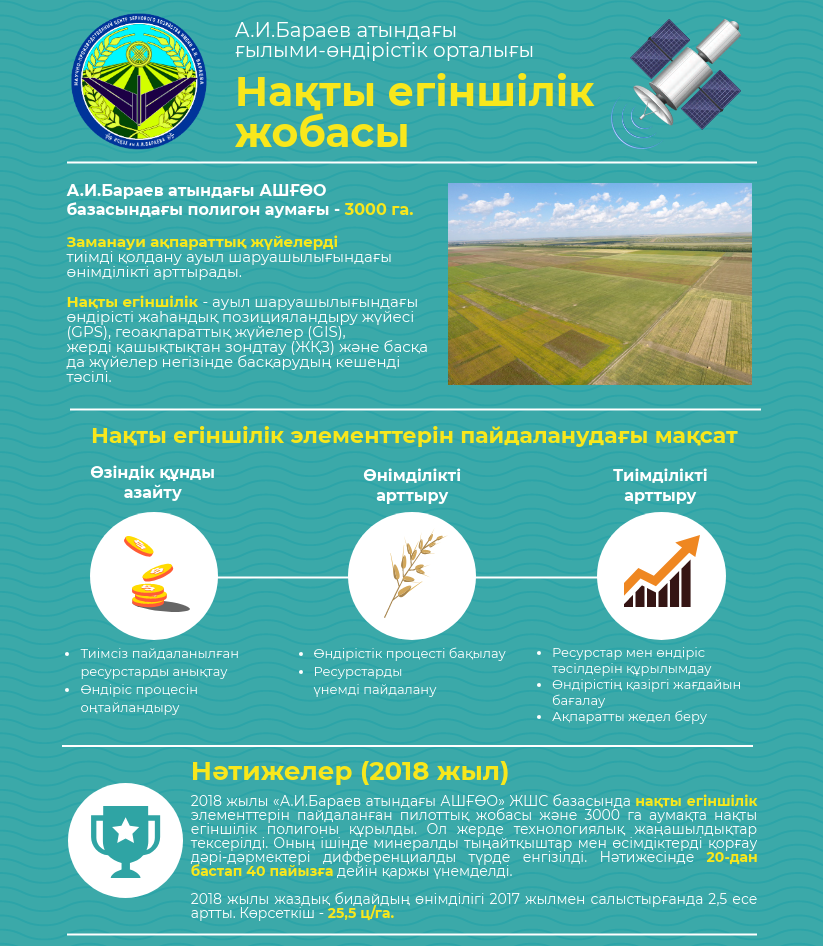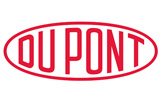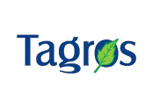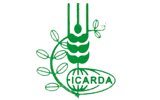Diversification increases the efficiency of arable land
Scientific articles
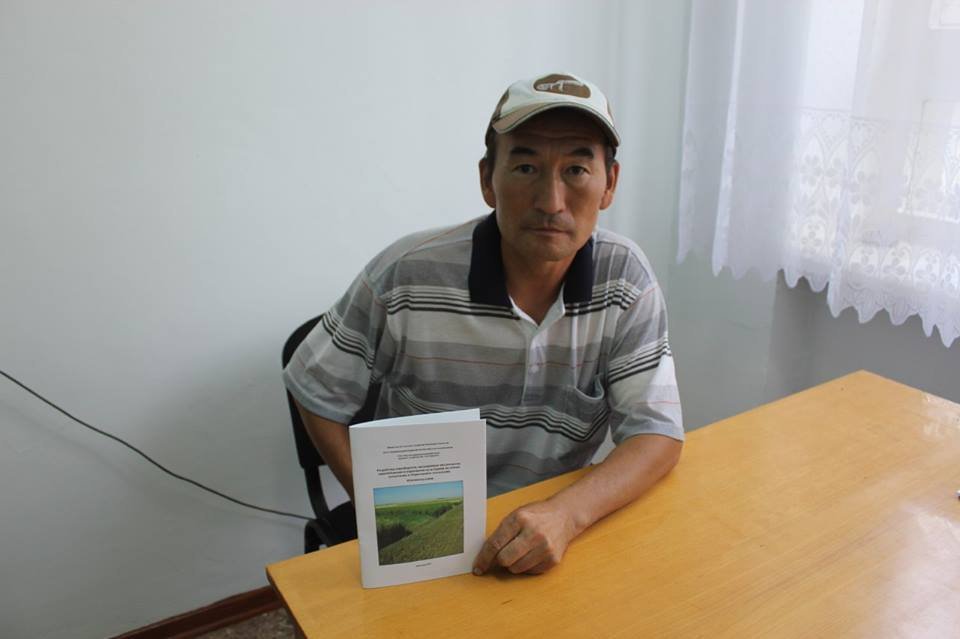
In the northern regions of Kazakhstan where wheat is grown, in recent years, farmers have been paying more attention to profitable crops like - peas, lentils, spring rape, oilseed, millet, fodder and other crops. On the one hand, it is important for the development of animal husbandry, on the other hand, due to the instability of prices for wheat grain and its competitiveness in the environment.
According to the Ministry of Agriculture of the Republic of Kazakhstan, in 2016, in the structure of sown areas in the Akmola region, grain crops occupied up to 90% of spring sowing in areas. Of these, the share of spring wheat was 78.7%. Fodder crops accounted for up to 4.2%, oilseeds - 6%, and winter and cereals - only 0.1%. The remaining crops accounted for only 11%.
The gradual transition to modern resource-saving technologies is crucial for growing crops. The results of many years of research show that the data on the soil-climatic zones of the region and the current structure of arable land - there is a great potential for further improvement of the area of various crops in the crop rotation system.
At the long-term inpatient laboratory of crop rotations in the scientific and production center of the grain farm named after A.I. Barayev conducted a long-term study on the effects of various biological cultures for the effective use of arable land in San-Dyktausk, Shortandy and Atbasar districts of the Akmola region.
Crops of forage crops (barley, oats) are characterized by high potential productivity and rational use of natural resources. Replacing a clean steam field with oats in a crop rotation dramatically increases not only the yield, but also the productivity of crop rotation. In the cultivation of oats instead of pure steam, on average for 20 years, the yield was 23.8 c / ha.
It is also necessary to expand the area of leguminous crops on the southern black soil and it is very important to apply crops of these crops instead of pure steam. Among leguminous crops, high yields are yielded by peas. Over the past 20 years, the average yield of peas for a couple was 15.1 c. per hectare, and for stubble background - 14.6 c. per hectare. Usually, peas are cultivated in conditions with a favorable climate.
Under dry conditions, among leguminous crops, chickpeas show themselves as drought-resistant and high-tech crops. Ripe chickpeas do not fall when harvesting, and the seeds do not crumble, it is very resistant to drought. The average yield of chickpeas for a couple was 12.3 c. per hectare, and for stubble background - 11.2 c. per hectare.
In recent years, due to the diversification of the plant industry, crops of leguminous crops are widespread in the structure of arable crop. Lentil in terms of production is almost never planted. This leguminous crop in Kazakhstan is little known and little studied, but the crops are gradually increasing.
Also, lentils can be cultivated in alternation with cereals, with a break at the same place in the crop rotation after 4-5 years, in order to avoid the accumulation of diseases and reproduction of nematodes that damage the roots of lentils. Such placement of lentils in crop rotation, not earlier than in 4-5 years, reduces the number of specific pests and diseases. For 12 years of research, the average yield of lentils on the stubble background was 9.6 c / ha.
In the northern regions of the country, including in the Akmola region, the diversification of crop rotations should be solved at the expense of oilseeds. In the structure of arable land in the region, the area of oilseeds gradually increases. As a result of years of research in favorable years, oilseed flax, spring rapeseed and mustard have a positive effect, and in dry years sunflower has an effect on oilseeds. Within 10 years, the average yield of sunflower on oilseeds was 7 c / ha, spring rape - 6.7 c / ha, oil flax - 7.6 c / ha and mustard - 6.6 c / ha.
Under the conditions of Akmola region, it is necessary to gradually increase the acreage of cereal crops. In the climatic conditions of the region, one of the most drought tolerant is millet. Even during droughts, yield is not reduced.
In 2012, a very dry year, the yield of millet was 8.2 q / ha and exceeded wheat in yield by 3 q / ha. Buckwheat is a honey-food, dietary and export crop, and it must alternate in a fruit-replacing crop rotation. Over the past 15 years, the yield was 12.4 centners per hectare in grain crop rotation.
In the structure of arable crop rotation, except for grain, leguminous, oilseeds and cereals, it is necessary to introduce perennial and annual grasses. Perennial cereal and leguminous grasses should take their place in the crop rotation, being the best predecessor for grain crops. Feed crops are necessary not only for livestock, but also to maintain soil fertility. Especially good results were obtained when growing annual forage crops in early spring and summer for hay, haylage or green fodder. Annual cultivation in the second half of summer of annual grasses for green fodder shows a yield of 130 centners per hectare, of hay 16.2 centners per hectare. According to the results of long-term studies (25 years), the average yield of green mass of corn for silage was 135 kg / ha.
Growing green manure crops in the structure of sown areas also gives a high effect and keeps gross humus in the soil at the same level. Green manure crops replenish the soil with essential nutrients without mineral fertilizers. It is more expedient to use a sweet clover, spring rape, mustard, millet and mountain-heap-oat mixture. For example, after plowing a clover for green fertilizer, the sowing of spring wheat on average for 13 years amounted to 19.6 c. per hectare.
Thus, to further improve the structure of arable land in the crop rotation system, various crops in the region can make full use of their natural potential, especially in times of crisis. In the structure of sown areas, oilseeds and leguminous plants are sown before wheat, which increases the time of sowing and reduces the intensity of work. The price of the above crops is 2-3 times more expensive than wheat in the world market. In addition, the livestock industry can be provided with cheap feed by increasing the annual and perennial crops in the structure of the sown area. Using various crops in different biological groups to diversify crop production, you can produce your products under the local brand "Made in Kazakhstan".
Kiyas ALDABERGEN,
Head of the Laboratory of crop rotation SPC of grain farm named after A.I. Barayev.
2 093 -рет қаралды






